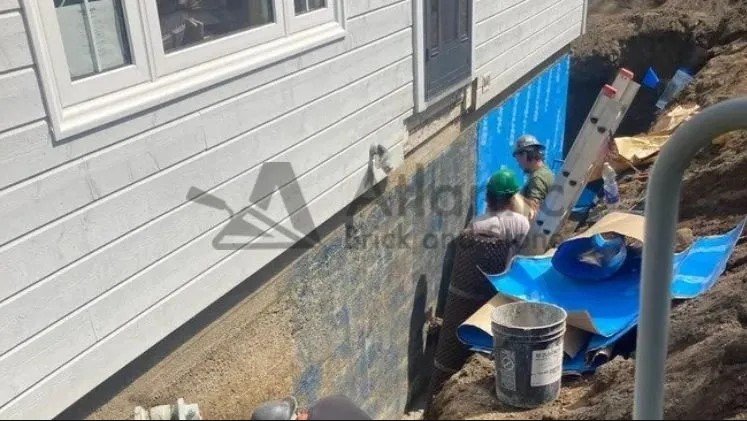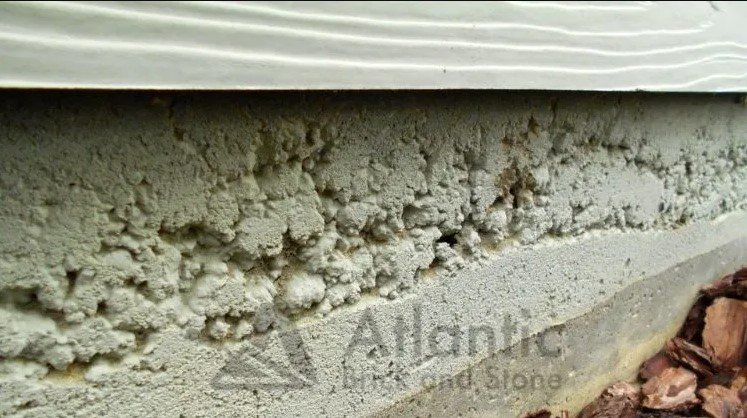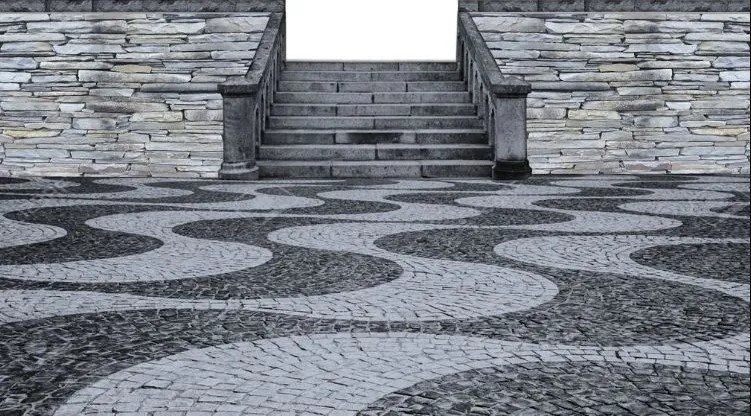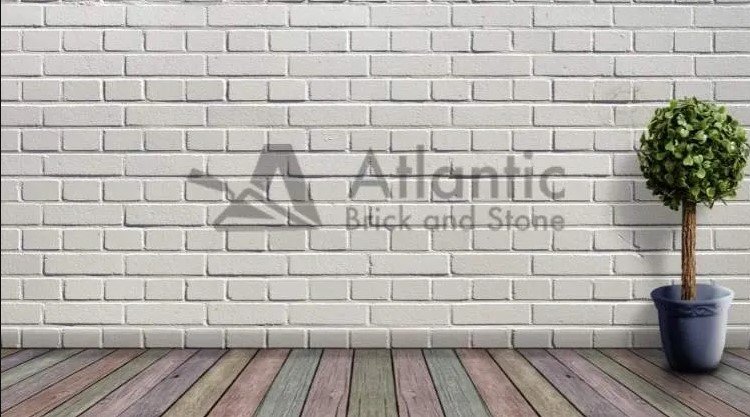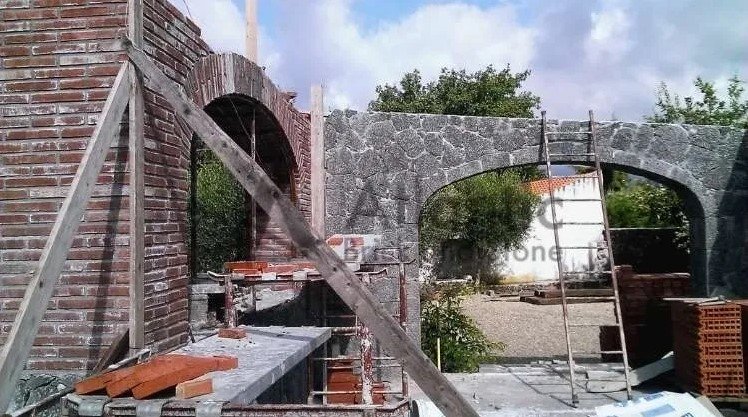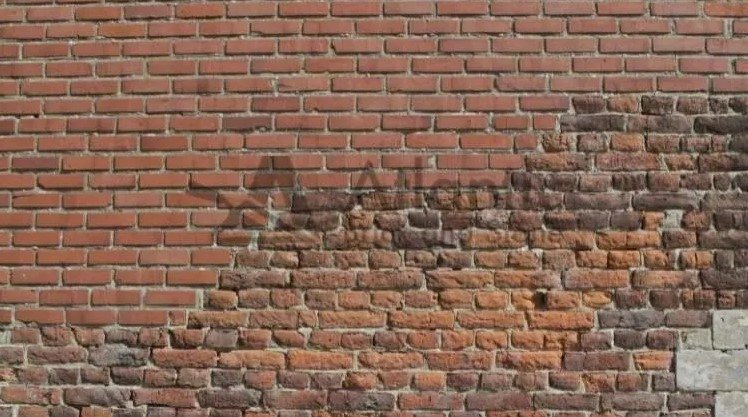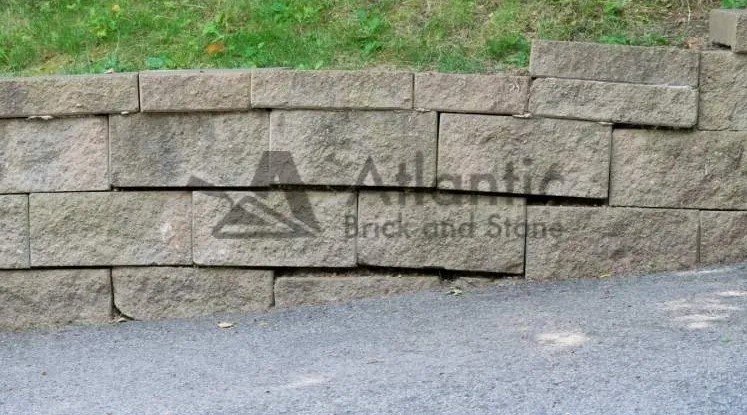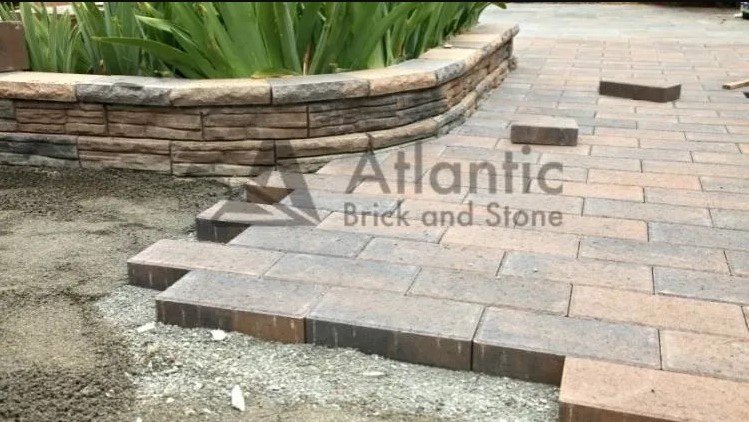Why You Need to Waterproof Your Foundation
Why You Need to Waterproof Your Foundation If you’re like most people, you probably don’t think about waterproofing your foundation. But the truth is, it’s a very important part of protecting your home. Water can cause a lot of damage to your foundation, and it’s important to do everything you can to prevent that from happening. Foundation waterproofing is a great way to protect your foundation from water damage. It’s a simple process that can be done by a professional, and it can make a big difference in the long run. If you’re not sure why to waterproof your foundation read this article to know about. What is Foundation Waterproofing Foundation waterproofing is a process that involves applying a waterproofing material to the exterior of your foundation. This will create a barrier that will keep water out and help to prevent foundation problems. There are a variety of foundation waterproofing materials and methods on the market, so it is important to discuss with a Foundation Repair Contractor to choose the one that is right for your home. Waterproofing your foundation is an easy and effective way to prevent water damage to your foundation. It is important to remember that this method is not a substitute for proper drainage. You still need to have proper drainage in place to prevent water from pooling around your foundation. Why it is Important A dry foundation is important to the structural integrity of your home. Waterproofing your foundation will help to prevent water from seeping into your basement or crawlspace and causing problems. Water can cause cracks in your foundation, which can lead to serious problems like foundation settlement and even collapse. Below are some important benefits of waterproofing. Foundation waterproofing is one of the best ways to prevent foundation cracks. A good waterproofing system will keep water out of your foundation and help to prevent any cracks or damage that may occur. By waterproofing, you can extend the life of your foundation by keeping water from seeping in and causing damage. As said earlier, it will also help to keep your foundation from cracking and crumbling. Mold can cause a variety of health problems, including respiratory problems, skin irritation, and allergic reactions. Waterproofed foundations can prevent mold growth by keeping the area around your foundation dry. This can help reduce the risk of health problems associated with mold. It is an important part of protecting your home from flooding. If you live in an area that is prone to flooding, you should consider foundation waterproofing services. It will protect your home from flooding, foundation damage, and mold and mildew growth. If you have a wet foundation, it is important to take action to dry it out and repair any damage that has been done. If you wait too long, the damage will become worse and it will be more difficult and expensive to fix. Ways to Waterproof Foundation There are a variety of materials and methods that can be used to waterproof your foundation, including: Sealant One way to waterproof your foundation is to use sealants. Sealants are materials that are applied to the surface of your foundation. They work by creating a barrier that water cannot penetrate. Sealants can be made from a variety of materials, including latex, asphalt, and concrete. Epoxy Injections If you have cracks in your foundation, or you’re concerned about future water damage, epoxy injection is the best way to protect your home foundation. This type of injection is used to fill cracks and prevent further water damage. Epoxy injection is also an excellent way to prevent future foundation problems by waterproofing it before any damage can occur. Interior Drainage Interior drainage system consists of a network of perforated pipes that are installed around the perimeter of the foundation. The pipes are connected to a sump pump, which pumps the water out of the foundation and away from the house. Interior drainage systems are most effective in areas with high water tables or where the soil is sandy or porous. Exterior Waterproofing Another way of foundation waterproofing is to install a waterproof membrane on the exterior of the foundation. This membrane is usually made of rubber, plastic, or asphalt, and it acts as a barrier to keep water from seeping into the foundation. When to Waterproof Your Foundation If you live in an area with a lot of rainfall, it’s important to waterproof your foundation before the rainy season begins. This will help to prevent water from seeping into your basement or crawlspace and causing damage. In areas with a more moderate climate, waterproofing your foundation can be done at any time of year. The type of foundation you have will also affect when the best time to waterproof it is. For example, reinforced concrete foundations should be waterproofed as soon as they are built. This is because concrete is porous and can absorb water, which can lead to cracking and other damage. Masonry foundations, on the other hand, should be waterproofed after they are built and before the first coat of mortar is applied. This helps to make sure that the mortar will bond properly and that the foundation will be protected from water damage. No matter what type of foundation you have or where you live, it’s important to keep an eye on the weather and waterproof your foundation before any bigger damage. Get Your Foundation Waterproofing Estimate Online Now! 506-304-0771 atlanticbrickandstone@gmail.com Request an Estimate

